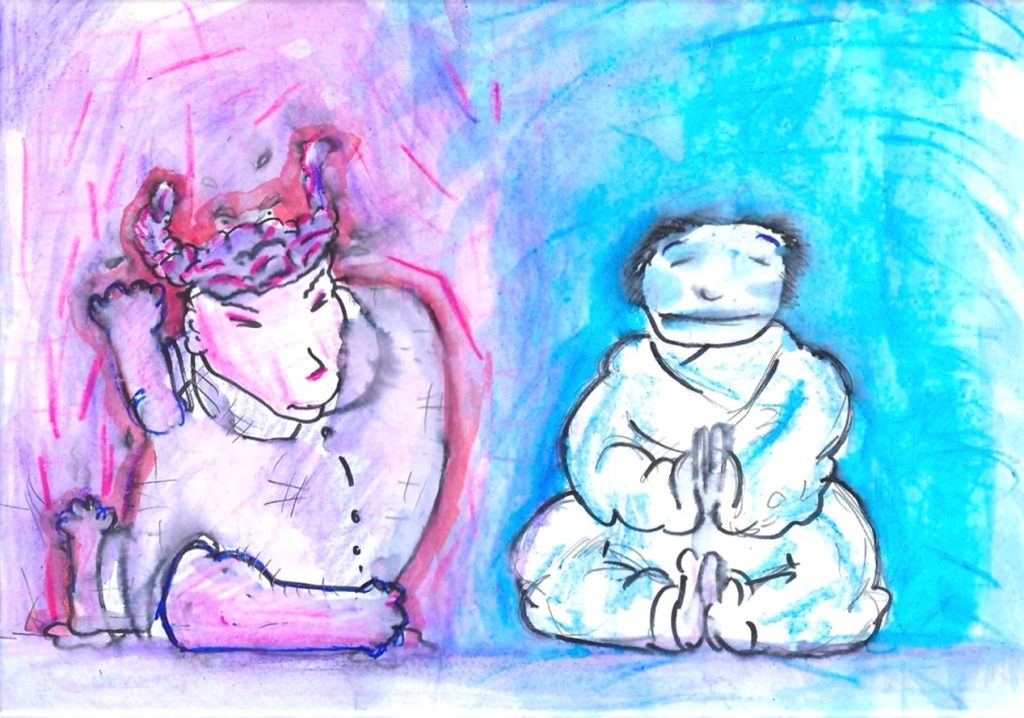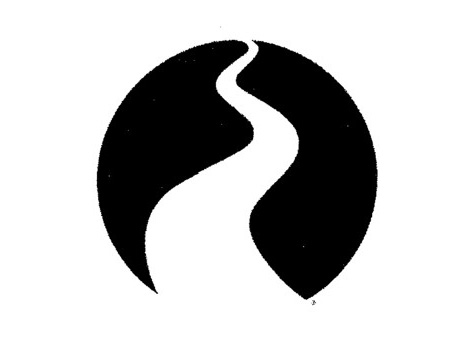Originally published in Dutch in the newspaper Delftse Post, translation by the Nâm Academy
Mindfulness is increasingly accepted as a response to a fast-growing need for meaning and psychological self-maintenance. Perhaps that is progress, but this does not yet mean that we will be dealing with the world in wisdom. Companies using the method to increase the resilience of their workers may risk reducing the holistic way of living to a mental fitness exercise. The question therefore arises: what does mindfulness really aspire to?
In oriental traditions, mindfulness in the form of meditation has been practised for over 2500 years. The ‘Satipatthana Sutta’, one of the oldest Buddhist texts, describes it as a method to reduce personal suffering and develop positive qualities such as understanding, wisdom and compassion. This is interesting, because how would it work? A more modern interpretation is provided by Jon Kabat-Zin: Mindfulness is ‘a special way of being attentive: consciously present in the present here and now, without judgement’. This too is interesting, because why would we wish for that?
Over 6000 years of human history provides for ways to achieve a certain level of well-being in diverse circumstances. Buddha provides a good example of this: there is suffering in life, but there is a cause for it, so something can be done about it. This cause does not reside in the circumstances. We all get sick, grow older and die; change is the nature of our existence, and it is impossible to keep something for always. Loss of the old and familiar and confrontation with new unknown events are part of the adventure known as living. What matters is that we enable ourselves to experience this living most optimally.
We are inextricably connected with living
Being able to be attentive and without judgement in the here and now, is not an end in itself, but it works beneficially for attunement of attitude and behaviour to what we really and naturally are: inextricably connected and always in relation to an incomprehensible whole. Mysticus and author Yoginâm writes: “We are not just material beings with a sense of consciousness, but first and foremost we are transcendental beings with a material expression.” He concludes that the transcendental essence of living (that we are!), should be at the heart and centre of everyday life. Acting in line with that whole will naturally lead to Well-being. It goes without saying that acting in contravention of the essence leads to Unwell-being.
Those who practise yoga for a tighter behind or who meditate to feel better, miss that awareness. The behind and a good feeling may be satisfactory, but they feed and serve a false picture of what we really are. In order to move beyond this trap, it is good to realise that a crucial distinction can be made between seeking satisfaction and finding the right attitude. The question to put to oneself therefore is, what do I focus on?




